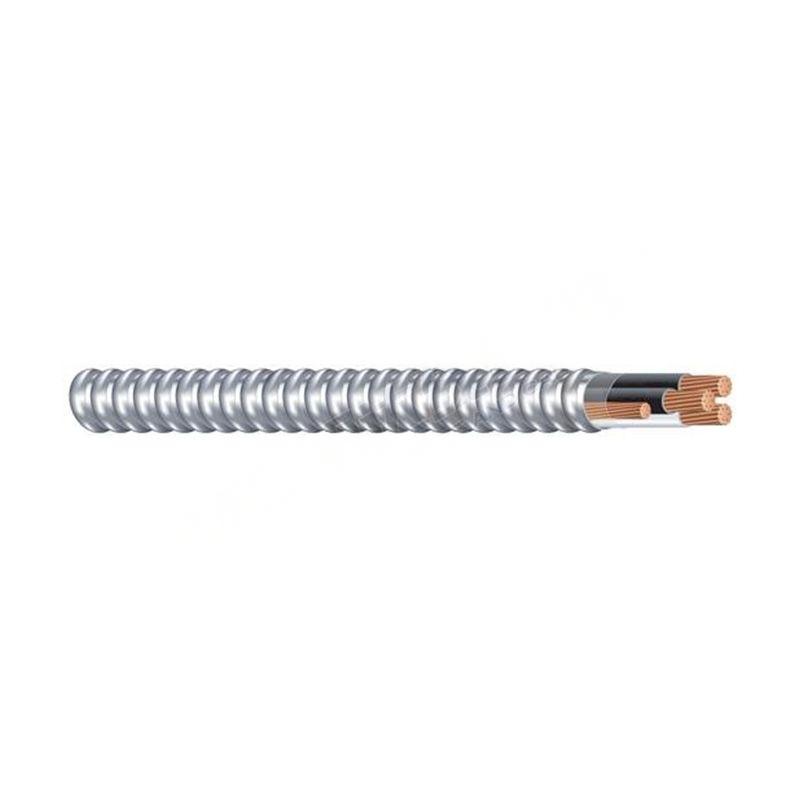10 月 . 20, 2024 10:47 Back to list
flanged gate valve
Flanged Gate Valve An Overview
Flanged gate valves are essential components in various industrial and commercial applications, primarily used to control the flow of fluids such as water, oil, chemicals, and gases. Their design and functionality make them one of the most popular valve types in piping systems across many sectors, including oil and gas, water treatment, and manufacturing.
What is a Flanged Gate Valve?
A flanged gate valve consists of a valve body, a gate, a bonnet, and flanges at both ends. The flanges are crucial as they provide a secure connection to the piping system, allowing for easy installation and removal. The valve operates by raising and lowering a wedge-shaped gate into the flow path, which enables or stops the flow of the medium. When the valve is fully open, the gate is lifted above the flow line, providing minimal resistance and a straight path for the fluid. Conversely, when closed, the gate completely obstructs the flow.
Key Features and Benefits
1. Flow Control Flanged gate valves offer excellent flow control capabilities. When fully open, they present a full opening to the fluid, leading to low-pressure drops and efficient system operation.
2. Durability Typically made from robust materials such as stainless steel, brass, or cast iron, these valves are built to withstand high pressure and temperature conditions. Their sturdy construction ensures longevity, reducing the need for frequent replacements.
3. Sealing Performance The design of the gate and the use of various sealing materials enhance the valve's leak-proof characteristics. Well-designed gate valves can provide tight closure and prevent fluid leakage, which is vital in preventing environmental hazards.
4. Versatility Flanged gate valves can be used in a wide range of applications and industries. From water supply systems to chemical plants, their adaptability makes them a popular choice for engineers and designers.
flanged gate valve

5. Maintenance Friendly The flanged design facilitates easy maintenance and replacement. The ability to remove the valve without disturbing the entire piping system is a significant advantage in time-sensitive operations.
Installation and Operation
Installing a flanged gate valve requires careful consideration of the pipe dimensions and the correct gasket material to ensure a proper seal. The valve is typically installed between two flanges, and it should align well with the adjoining pipes to prevent any misalignments that could lead to stress or damage.
In terms of operation, gate valves are not recommended for throttling services, as partially open positions can cause erosion of the gate and seat surfaces, leading to premature failure. Instead, they should only be used in fully open or fully closed positions for optimal performance.
Applications
In the oil and gas industry, flanged gate valves are commonly employed in pipelines to control the flow of crude oil and natural gas. In water treatment plants, they are utilized in various processes, including water distribution, storage tank control, and sewage treatment systems. Their robustness and reliability also make them suitable for high-pressure steam lines and hydrocarbon processing.
Conclusion
In summary, flanged gate valves are crucial for controlling fluid flow in numerous applications. With their ability to provide tight sealing, ease of maintenance, and durability, they remain a top choice in many industrial settings. Understanding the features and proper usage of flanged gate valves can lead to improved system efficiency and longevity, ultimately contributing to safer and more reliable operations. As industries continue to evolve, the demand for such reliable components will undoubtedly persist, solidifying the flanged gate valve's place in engineering and design.
Share
-
Understanding the Differences Between Wafer Type Butterfly Valve and Lugged Butterfly ValveNewsOct.25,2024
-
The Efficiency of Wafer Type Butterfly Valve and Lugged Butterfly ValveNewsOct.25,2024
-
The Ultimate Guide to Industrial Swing Check Valve: Performance, Installation, and MaintenanceNewsOct.25,2024
-
Superior Performance with Industrial Swing Check Valve: The Essential Valve for Any SystemNewsOct.25,2024
-
Industrial Swing Check Valve: The Ideal Solution for Flow ControlNewsOct.25,2024
-
You Need to Know About Industrial Swing Check Valve: Functionality, Scope, and PerformanceNewsOct.25,2024